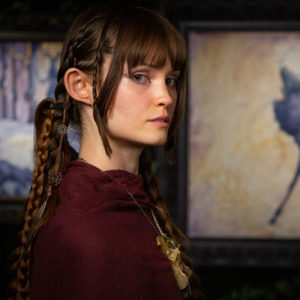Outer Wilds: The Transformative Power of Uncertainty and Faith
Part 2: Absolute Uncertainty
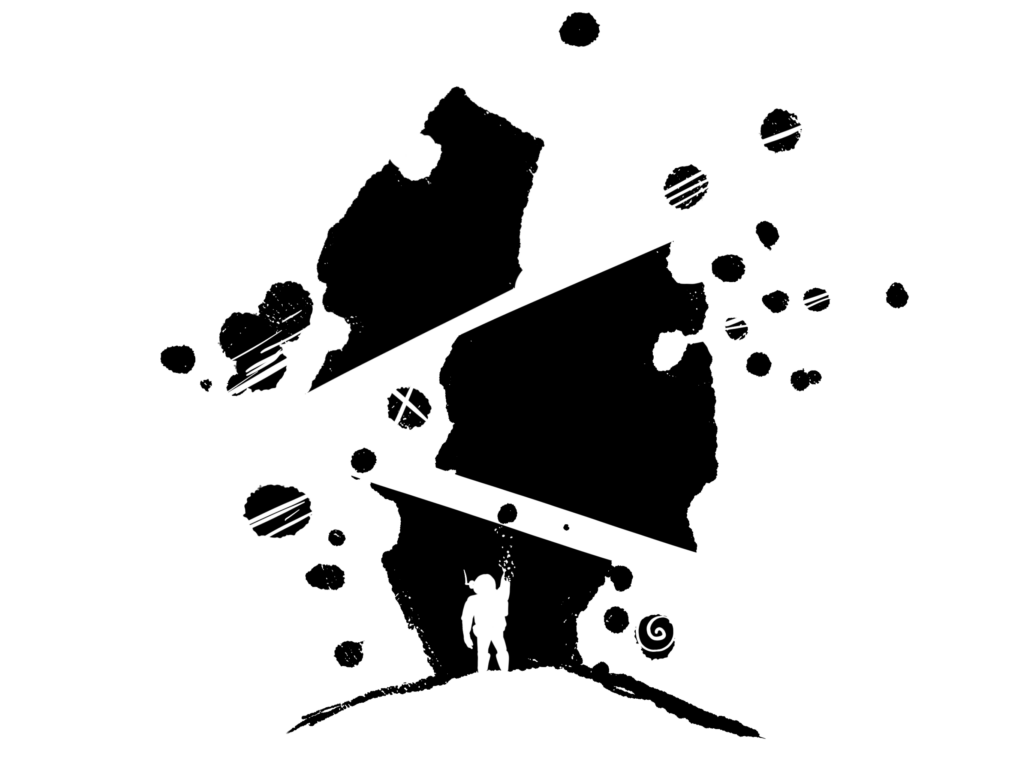
Outer Wilds borrows one of the most unsettling truths science has ever uncovered and places it at the heart of the game’s many mysteries. I’m talking about the Uncertainty Principle.
This video does an excellent job in summarizing this principle and the experiment that led to our first observation of its effects.
In short: the uncertainty principle (also called the Heisenberg indeterminacy principle) states that there’s a fundamental limit to how precisely we can know certain pairs of properties of a particle, like its position and momentum. This means that the more accurately we know one of these properties, the less accurately we can know the other.
The double slit experiment demonstrates the wave-particle duality of light and matter. When particles like electrons are fired through two slits onto a screen, they create an interference pattern, as if they’re waves. This suggests they have wave-like properties. However, when observed individually, they behave like particles, landing on the screen in specific places. This experiment highlights the bizarre nature of quantum mechanics, where particles can exhibit characteristics of both waves and particles depending on how they’re observed.
The double slit experiment would suggest that a particle exists a wave form of possible states of position, but that this wave form collapses when external forces (such as observation by taking a measurement of the particle’s position) force the particle to choose one of these possible states. Without “observation” a particle can exist in several possible places or states, only committing to one when forced to.
This has led to thoughts experiments such as Schrödinger’s Cat to explain the paradox of quantum superimposition: the possibility of an object existing in two possible states simultaneously. In this scenario, a cat is placed in a sealed box with a device that has a 50% chance of releasing poison that would kill the cat. According to quantum theory, until the box is opened and the cat observed, the cat exists in a superposition of being both alive and dead. This experiment seems silly because it challenges our basic intuition and understanding about the world. We know that the cat is either dead or alive, regardless of our observation. Quantum physics tells us this might not be true.
This seems more like magic than science and raises two disturbing questions:
- How can something exist in an undefined state, or in multiple possible states at once?
- How is it possible that observation can change or define the reality of what we observe?
But any player of Outer Wilds would be familiar with those questions and their implications, even if they’ve never heard of the Heisenberg uncertainty Principle.
As you explore the solar system, you start to find objects that seem to defy any explanation: jagged chunks of obsidian-like metal, mysterious streaks of purple and opalescence streaking accross their craggy surface. It’s not their appearance that’s strange, but the fact that they seem to move when you’re not looking at them.
The Hearthians are familiar with the phenomenon and have appropriately named these things: quantum objects. They even realize that they produce a signature frequency, so scanning them with your signalscope, you hear their disturbing sound:
Just like the implications of quantum uncertainty are unnerving to us, encountering these quantum shards, and hearing their frequency is supposed to be disturbing. Here is something not only unexplainable, but almost sinister. There’s several points in the game where you can stand in the middle of a circular grove and find a quantum shard at its edge. You look away and notice another one, but wait, wasn’t that space empty before? Look back to the first shard and now it’s gone. The shard continues to appear where you least expect it, always towering over you, unmoving, lifeless.
You never see it move, but it does. You just can’t prove it.
Like the Weeping Angels from Dr. Who, there’s a special kind of terror of never being able to confirm our fears or suspicions, to never be able to see what you suspect. These characters, existing in a “quantum-locked” position, hunt down prey. But looking at them fixes their position. Anytime they’re observed, they are completely still statues. but blink or look away, and they move closer. It is impossible to ever see them move, because seeing them, is the only thing keeping them still.
It’s no coincidence that Outer Wild’s soundtrack composer Andrew Prahlow’s musical interpretation of the Uncertainty Principle in the game is the most unsettling score in the original soundtrack. It’s an disturbing done, layered dissonantly others. The longer you listen to it, the more it sounds like voices wailing, calling for help. It wouldn’t be out of place in a horror movie, just as the tension and danger build.
The horrors of uncertainty multiply as uncertainty grows in size.
A light particle changing in position based on observation is uncanny, but a moon doing the same is downright terrifying. And that’s exactly what the quantum moon does.
Most players won’t notice it right way, but there’s a strange pale moon that will occasionally pop up in the orbit of the planets of the solar system. The first time I noticed it was in its absence. I remember one of the planets having a moon, and suddenly it didn’t.
You eventually learn this quantum moon behaves like the quantum shards. The only way to hold it in place is to continue to observe it. Look away, and it’ll seemingly vanish, suddenly existing in another position waiting to be observed. Stanger still, any attempts to land on it to vanish before you reach its surface because the hazy cover of its atmosphere makes it impossible to observe as you travel through it.
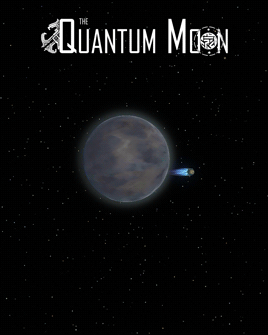
Only by snapping a picture of it, and keeping the picture of the moon in sight as you land can you touch down on its strange surface.
The uncertainty multiplies on the moon as entire trees and landscape features shift as you explore its surface.
The moon serves as a small preview of the true heart of uncertainty in the game: The Eye of the Universe.
The Eye is a mysterious object that had been briefly detected by the Nomai, an advanced species from another system that ventured into the Hearthian’s solar system in pursuit of it. The Nomai’s obsession with finding the Eye comes from the fact that the Eye’s signal appeared to somehow be older than the universe, making the Eye somewhat of a spiritual or religious fixation for them. If there is something close to God for the Nomai, it would be the Eye.
Unfortunately for them, the Eye’s signal stopped briefly after their detection and they were left stranded in a strange solar system without any leads. Like any good scientists, the Nomai didn’t give up. They established colonies on those planets, labs, observatories, and space stations, all for the sake of finding the Eye.
Players come to learn that the Eye of the Universe is 100% quantum, 100% uncertainty. All the quantum shards came from the quantum moon, and the quantum moon became a quantum object because of its close proximity to the Eye of the universe. It can only exist in a superimposed state, simultaneous orbiting several possible bodies in space, because of the quantum influence of the Eye which it also orbits as well.
The essence of the Eye is uncertainty, and anything it touches from its physical proximity, becomes warped by that same uncertainty.
To the Nomai, the Eye of the Universe seems to be their final goal, the answer to all of their questions. If they can only get to it, observe it, enter it, they might come to unlock the secrets of the universe.
In satirical sci-fi classic The Hitchhiker’s Guide to the Galaxy, they come to find the answer to “life, the universe, and everything” to be the number 42. The irony is that they aren’t quite sure what the question is, so the answer is pointless.
Much like the number 42, the Eye of the Universe seems like the great solution to the game. The final, almost impossibly obtainable goal that will reveal cosmic knowledge beyond the Nomai’s and the Hearthian’s wildest dreams… but if the eye is the answer, then what’s the question?
Well, arguably the biggest practical problem in the game is that you are stuck in a 22 minute loop. At the end of every loop, the solar system’s sun explodes, destroying everything. When this happens, your consciousness and memories travel 22 minutes back into the past, at the moment when your eyes first open and you see a blue light streak across the stars. Your actions are always different in every loop, but the outcome is always the same. If you live long enough, the sun will take you out.
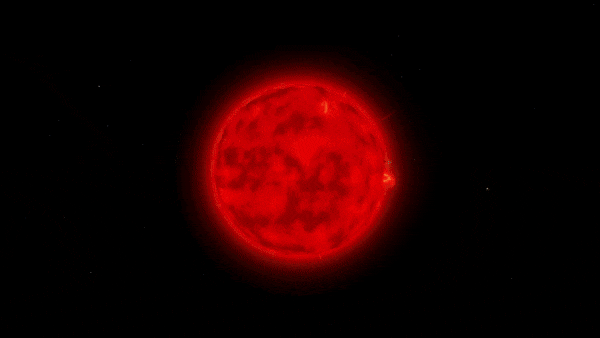
It’s logical to assume that maybe the answer to stopping the sun’s explosion can be found in the Eye.
The issue here is the sheer difficulty of tracking down the Eye. At some point in the game, I thought it might be easier to stop the sun from exploding than it would be to find the Eye. Perhaps I needed to stop the explosion in order to find the Eye. I found a recording from the Nomai that suggested that they needed to harness the power of an exploding sun in order to power one of their experiments, a wormhole powerful enough to send matter and memories 22 minutes back into the past – this would effectively create a time loop that would allow the Nomai to stop the experiment if anything went wrong or if it succeeded.
Finally, there it was: all the player needed to do was visit the Sun Station the Nomai had built to trigger the sun’s explosion and stop it in time.
Visiting the Sun Station reveals a depressing twist. The Sun Station never worked, it was never operational, and the sensors on the station show that the sun is at the very end of its natural life cycle. In other words, the sun exploding at the end of the 22 minute loop is inevitable.
A couple of details in the game make this revelation more poignant. The museum you visit at the very start of the game has an exhibit on the life cycle of a star. It shows with models and text how every star will die by expanding and collapsing under its weight when it runs out of hydrogen to burn.
The other hint we had was that from the beginning of the game, if you stopped and looked out into the stars, you would eventually see several of them exploding in the distance. They go from bright white or yellow dots, to a small blue explosion, then they’re gone. It happens infrequently enough and the stars are small enough to be easily missed. I don’t think I noticed this happening on the scale it was until after completing the game.
But the hard truth is there, unmistakable. The universe is dying, the stars are dying, your star is dying. And there’s nothing that can be done. This is the natural order of things.
This is all thanks to a phenomenon called entropy, a close cousin of our friend uncertainty.
Entropy refers to the measure of disorder or randomness in a system. As entropy increases, so does the disorder and unpredictability within that system. In the context of the universe, the second law of thermodynamics suggests that entropy tends to increase over time, leading to a state of maximum disorder known as “heat death.”
This means that eventually, all energy will be evenly distributed throughout the universe, resulting in a state of equilibrium where no energy differences exist to sustain processes, ultimately leading to the cessation of all stars, all movement, and the end of life as we know it.
Entropy is the insurmountable problem of the universe.
Entropy can be resisted in small islands of space and time. DNA can arise out of the uncertainty of chaos, life can briefly cling to a rock, protected under a fragile atmosphere in an ocean of the inhospitable vacuum of space. But order is fragile and fleeting and it can never outlast entropy.
The hearth is a rare exception in a universe ruled by uncertainty, and now it seems even more precious for that reason.
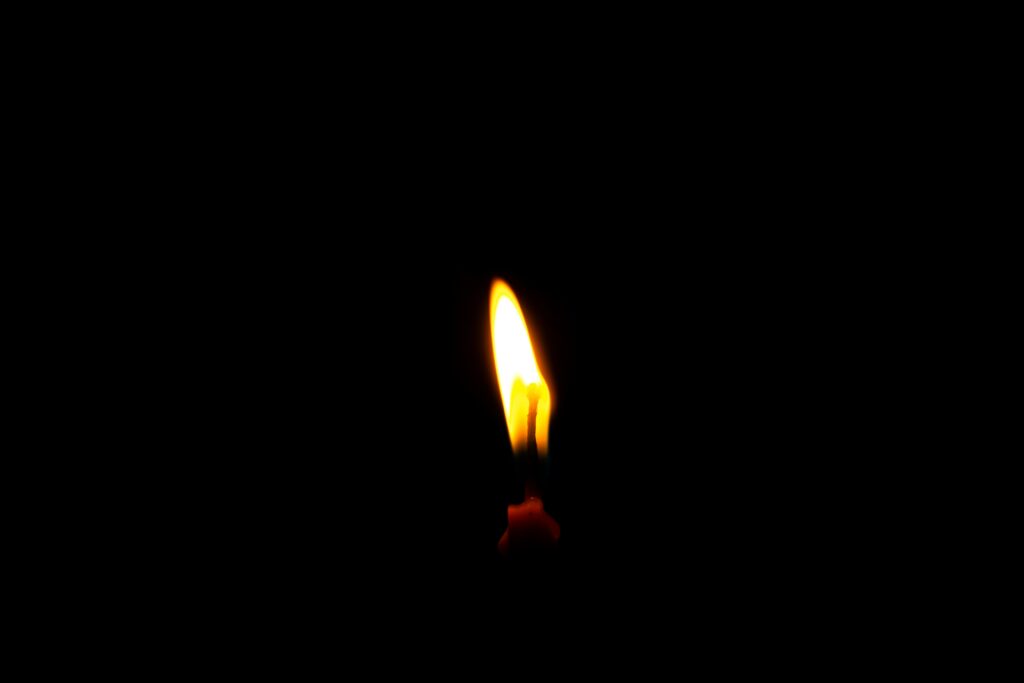
At this point in many players experiences with Outer Wilds, the game reaches a depressing note. The weight of uncertainty hits you. It’s not just creepy rocks and moons that change places when you’re not looking at them that you have to contend with, it’s the total heat death of the universe, and there doesn’t seem to be anything that can be done to stop it.
This is where fear comes into play.
Fear comes from uncertainty. When we are absolutely certain, whether of our worth or worthlessness, we are almost impervious to fear.
William Congreve

